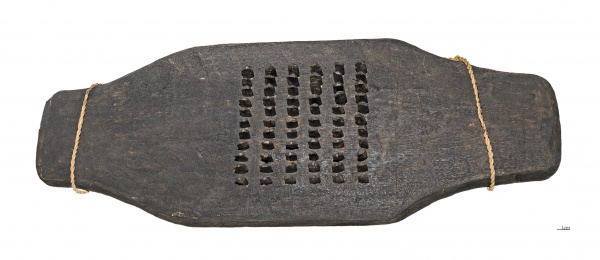Facts About Cassava-based dishes
Cassava, a starchy root vegetable similar to a potato, is a cherished ingredient in cuisines worldwide, especially in the regions where it is cultivated. Let's embark on a culinary journey to explore the diverse uses of cassava across different parts of the globe.
In the Caribbean, cassava is a staple in dishes such as casabe bread, yuca frita, and ajiaco stew. In Puerto Rico, it is an essential component in sancocho, pasteles, and mofongo de yuca. Jamaica offers a unique delicacy, bammy cakes, crafted from this versatile root.
In Africa, cassava serves as a dietary cornerstone in countries like Nigeria, Ghana, and the Democratic Republic of the Congo. Here, traditional favorites like eba, garri, and fufu are crafted from cassava.
In South America, cassava shines in countries such as Brazil, Colombia, and Venezuela. Brazilian cuisine features cassava in dishes like farofa, feijoada, and tapioca. In Colombia, it is celebrated in sancocho and pandebono bread.
In Asia, cassava finds its way into a variety of dishes in Indonesia, the Philippines, and India. In Indonesia, it is transformed into tapai, getuk cake, and gulai daun singkong. The Philippines boasts delightful cassava-based treats such as bibingka, suman, and cassava cake. In India, particularly in Assam, it is known as shimolu aalu and is incorporated into many local delicacies.
Even in Oceania, cassava is a key ingredient in traditional desserts in places like Samoa and Tonga, where it is used to create faikakai and fa'ausi.
From breads and cakes to stews and snacks, cassava's versatility makes it a treasured ingredient in kitchens around the world.
